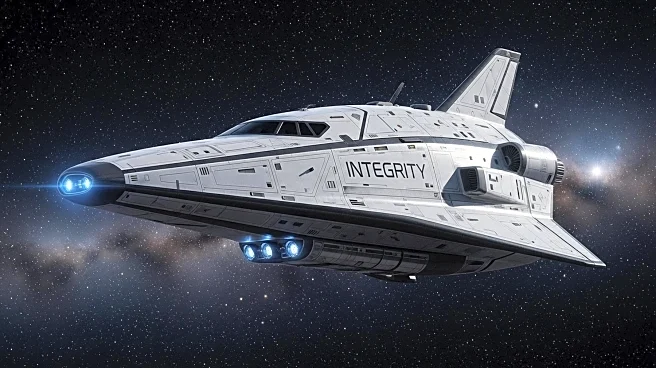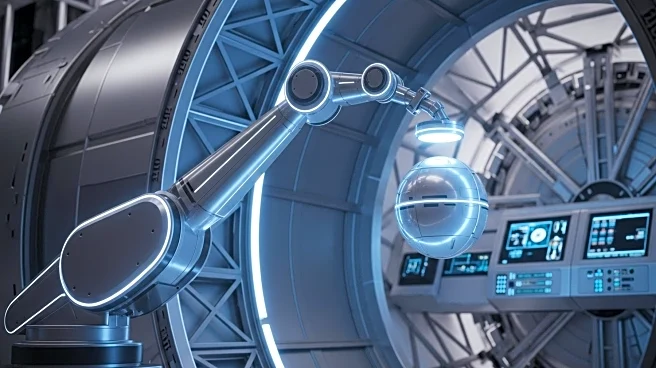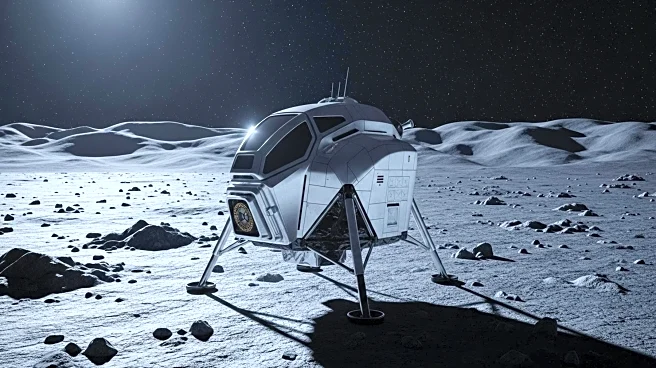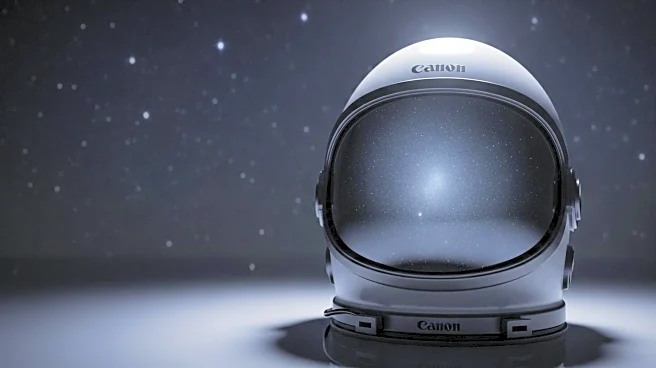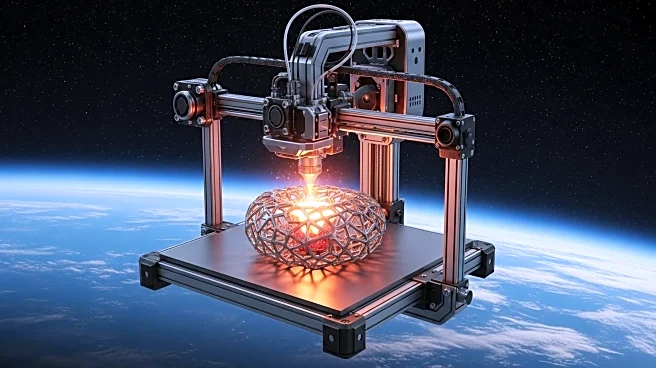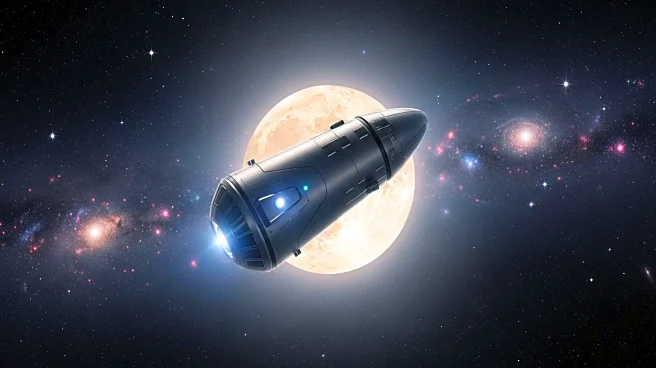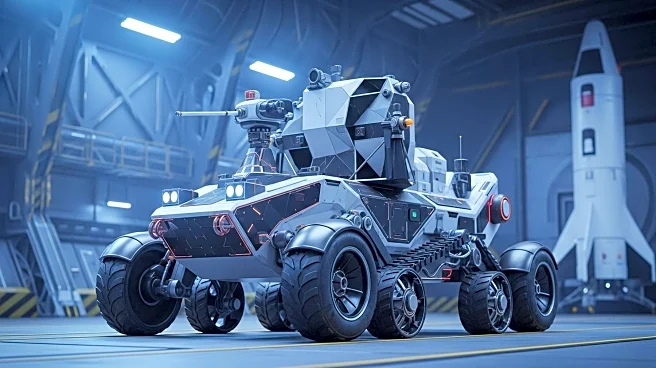What's Happening?
NASA has awarded Katalyst Space Technologies a contract to raise the orbit of the Neil Gehrels Swift Observatory. This initiative aims to extend the observatory's mission by countering its orbital decay, which has been accelerated by increased solar activity. The Swift Observatory, launched in 2004, is crucial for studying gamma-ray bursts and other cosmic phenomena. The collaboration with Katalyst involves using a robotic servicing spacecraft to boost Swift's orbit, marking a significant advancement in spacecraft servicing technology. This mission is part of NASA's broader efforts to foster innovation in the American space industry and maintain leadership in space exploration.
Why It's Important?
The orbit boost of the Swift Observatory is significant for several reasons. It demonstrates NASA's commitment to leveraging commercial technologies to solve real-world challenges, potentially extending the life of more spacecraft in the future. This approach is more cost-effective than launching new missions and supports the development of rapid-response capabilities essential for future space exploration, including missions to the Moon and Mars. By collaborating with industry, NASA is advancing technology development, which benefits current missions and unlocks future discoveries. The initiative also highlights the importance of maintaining the operational capabilities of existing space assets to continue scientific research.
What's Next?
The orbit boost is scheduled for spring 2026, contingent on solar activity. Successful execution would mark the first instance of a commercial robotic spacecraft capturing a government satellite not designed for in-space servicing. This mission could pave the way for similar operations on other satellites, enhancing the longevity and utility of space assets. NASA's collaboration with Katalyst Space Technologies may inspire further partnerships with commercial entities, fostering innovation and expanding the scope of satellite servicing technologies.
Beyond the Headlines
This mission underscores the growing role of commercial entities in space exploration, reflecting a shift towards public-private partnerships. It highlights the potential for commercial technologies to address challenges like orbital decay, which is a common issue for satellites. The collaboration may lead to new standards and practices in satellite servicing, influencing future mission designs and operational strategies. Additionally, it emphasizes the importance of rapid innovation and agile technology development in maintaining U.S. leadership in space exploration.


